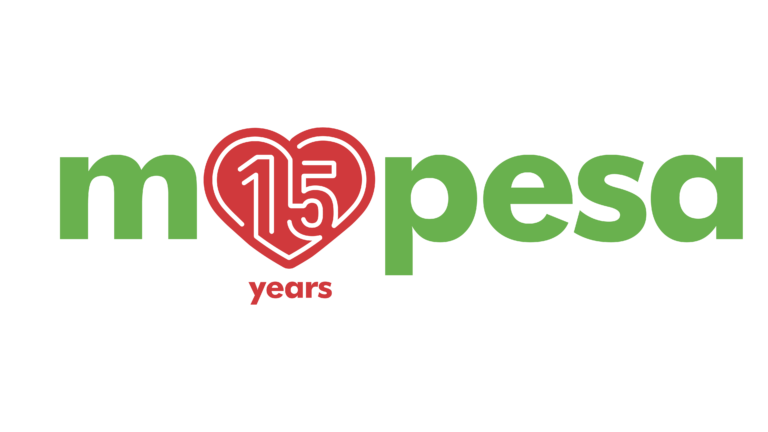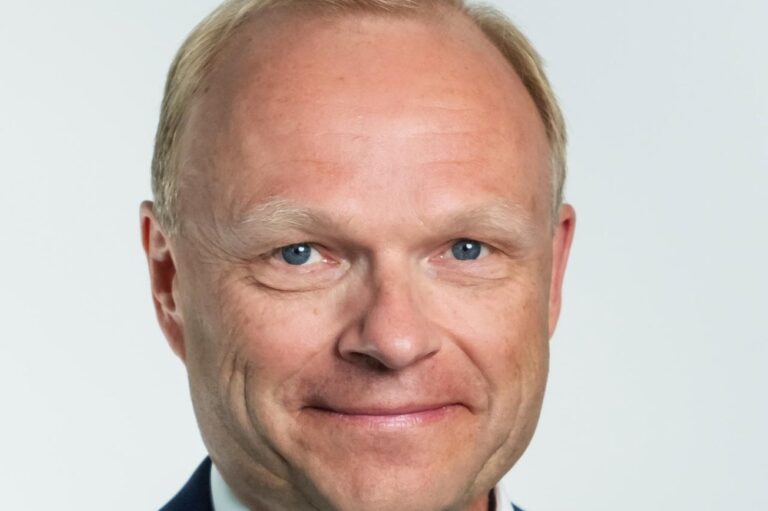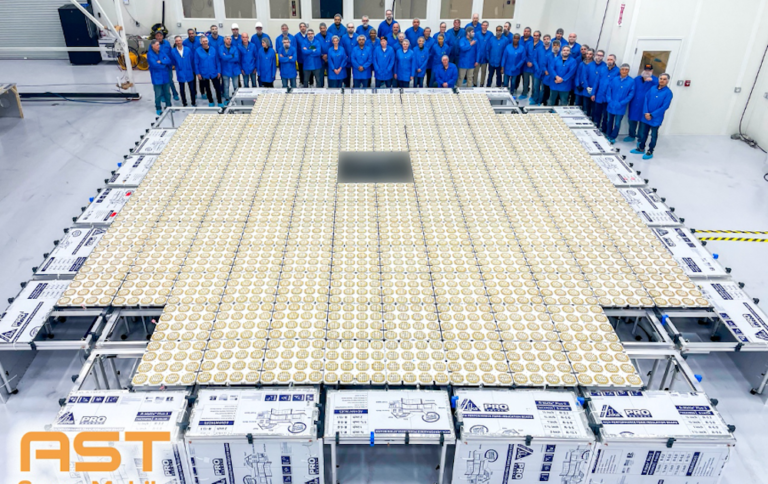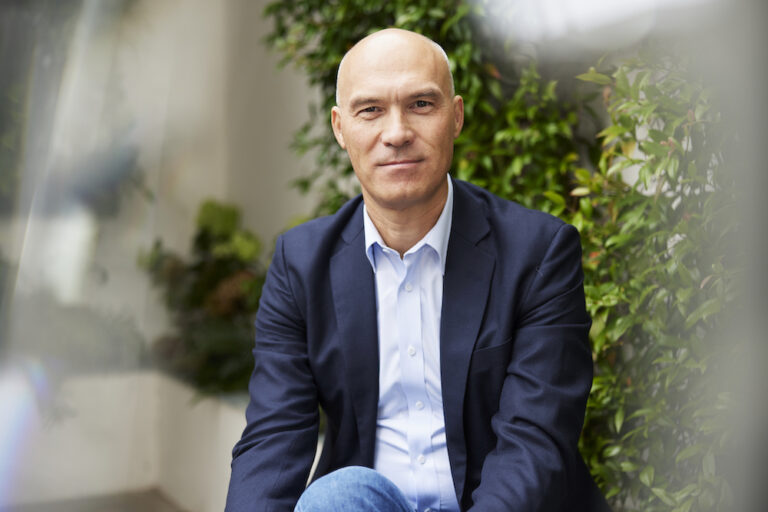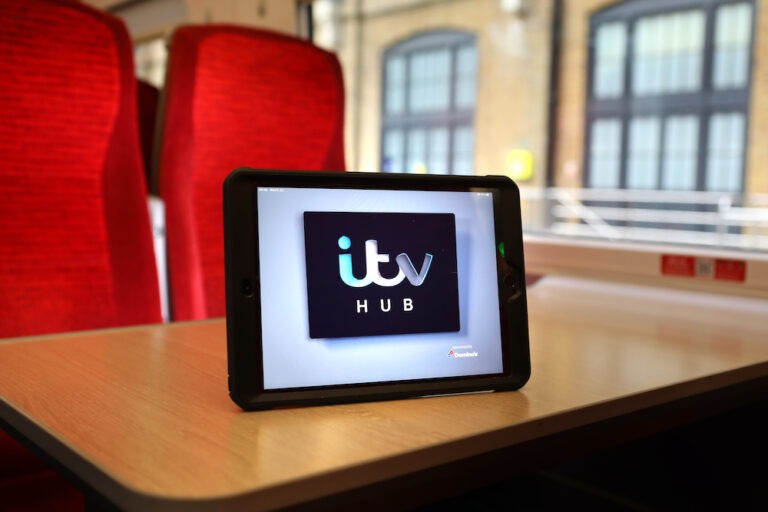They did nothing wrong – Sure
Two mobile network operators have been fined by their regulator for slowing the rollout of 5G and actually deconstructing their networks in order to sting consumers. One helped with investigators with their inquiries and received a lighter sentence, while the other has loudly maintained its innocence and received a stronger punishment. The Guernsey Competition and Regulatory Authority (GCRA) has fined telcos Sure and JT £2,962,632 (€3.5 million) and £439,608 (€517,000) respectively for commercial collusion which the regulator says infringed competition law.
Sure
However, a speaker for Sure maintained their innocence and called the investigation and its findings, “flawed from the outset,”. The telco is to take its aggrievance with the penalty to the Royal Court of appeal. Investigators for GCRA claim that between August 2018 and November 2019, “JT and Sure privately developed a joint plan without disclosing it to the Authority or the States that would mutually benefit each in their home markets”.
JT pulled network
In the secret plot, JT allegedly promised to remove its network infrastructure from Guernsey if Sure did the same with its network in Jersey. Allegedly, the conspirators repeatedly exchanged confidences over their commercial strategies for introducing future mobile networks, such as 5G. They introduced the next generation “at a slower pace” than was widely understood. To avoid detection by regulators or the media, they also worked out a common line to take viz: “that they were working to achieve the objective… in line with, or ahead of, the UK,” reported the Bailiwick Express.
Stung consumers
The companies talked of competition while privately agreeing “not to do so”, according to the GCRA. Sure is also alleged to have suppressed key evidence, provided “contradictory and misleading accounts”, and “providing materially untruthful answers” to the regulator throughout the subsequent investigation. The GCRA says the companies’ behaviours have rigged competition locally and stung Guernsey consumers.
Percentages
The penalties imposed on the telcos are calculated as a percentage of turnover, factoring in the duration of the malpractices. The fine imposed by the GCRA was, at 12%, from the lower end the proportion that could be applied for such serious infringements. The investigation found that while both companies had taken steps to prevent reoccurrence of the conduct, JT’s retrospective prevention measures were more comprehensive and wide-ranging than Sure’s. The GCRA therefore reduced JT’s fine by 10%, but only offered only a 5% reduction to Sure.
Regulator
“We have done nothing wrong,” said Sure Group CEO Alistair Beak. At all times Sure has acted in accordance with the spirit and letter of the law, Beak claimed, dismissing the GCRA’s allegations as baseless. “Yet again, with this latest penalty process, we find ourselves facing a regulator which seems determined to find against us, in the face of clear and compelling evidence that there has been no wrongdoing,” said Beak.
Spurious
“We will continue to stand by the members of the Sure team who have acted with integrity and professionalism throughout this process, despite the spurious claims made against them by the GCRA, which are equally fundamentally wrong,” said Beak. The disparity in application of the fine’s guidelines, with Sure being shown less lenience than its co-conspirator, was described by Beak as “extraordinary” and “genuinely astonishing”.
GCRA unmoved
“We would much rather be spending our time and resources delivering the best possible service to customers and continuing our investment in the Guernsey economy through our fibre broadband project,” said Beak. The GCRA maintain that “at a senior level JT and Sure were aware that their behaviour was likely to raise concerns.”



